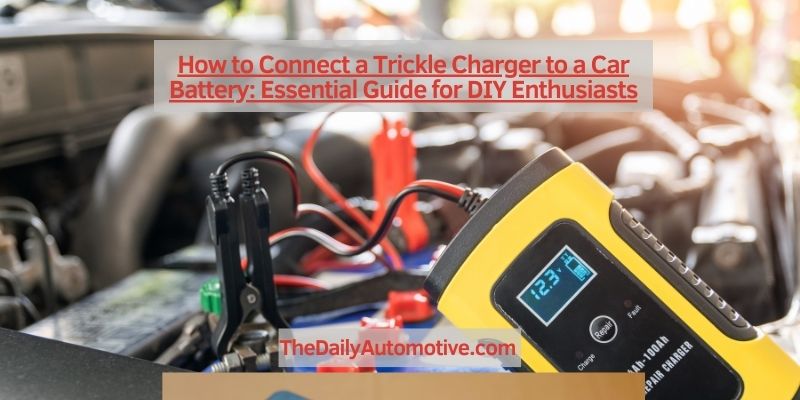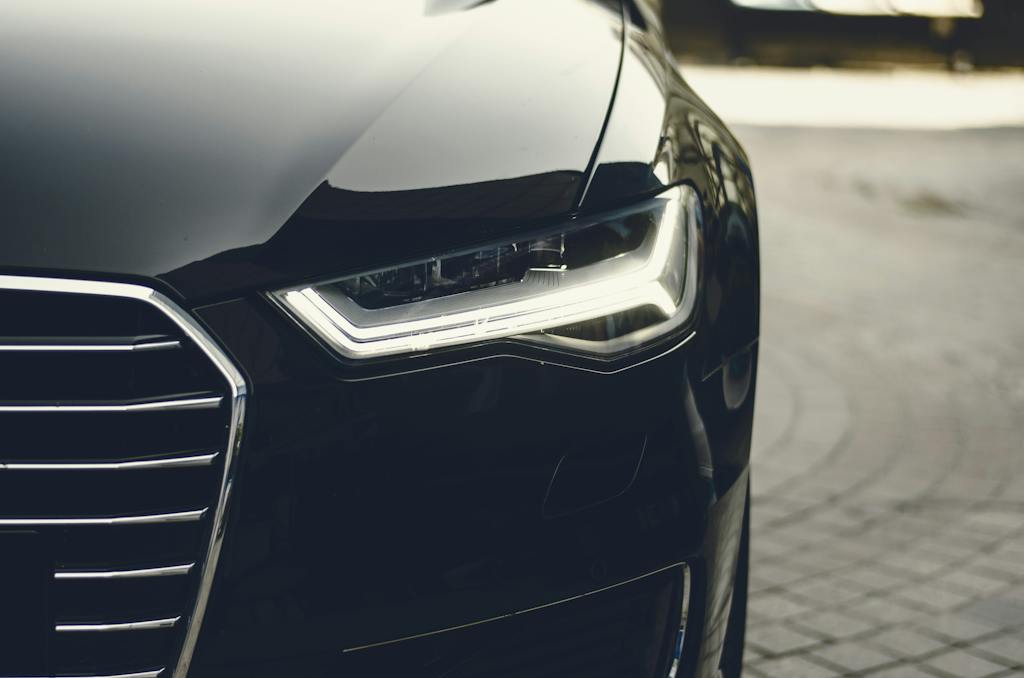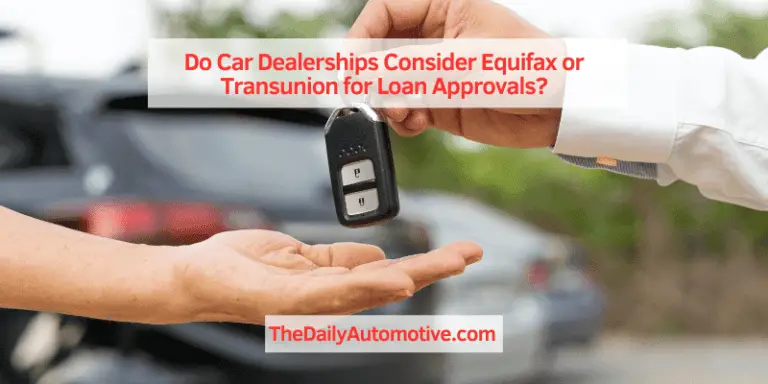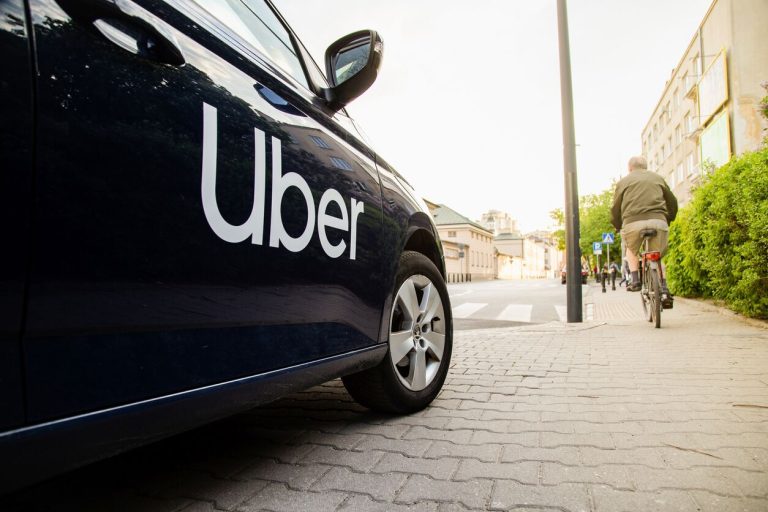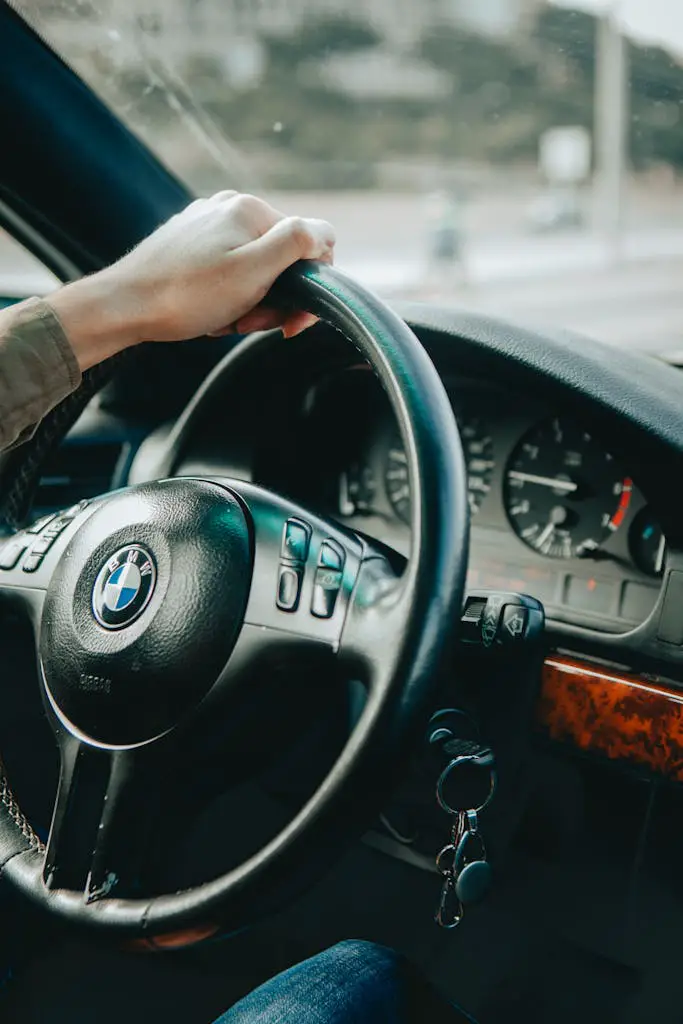How to Connect a Trickle Charger to a Car Battery: Essential Guide for DIY Enthusiasts
To connect a trickle charger to a car battery, locate the positive and negative terminals on the battery. Attach the red (positive) clamp to the positive terminal and the black (negative) clamp to the negative terminal of the battery.
Make sure the charger is unplugged before making the connections to prevent sparking. Once the clamps are secure, plug in the trickle charger, set the charging mode according to the manufacturer’s instructions, and allow the battery to charge for the recommended duration.
Trickle chargers are a convenient way to maintain and keep your car battery fully charged, especially during long periods of inactivity. Whether you’re storing a classic car, motorcycle, or any vehicle with a battery that requires long-term maintenance, using a trickle charger can help extend the life of your battery and ensure it’s ready to go when you need it.
Understanding Trickle Charging
Definition And Function Of Trickle Chargers
Trickle chargers are devices designed to provide a low, constant charge to a car battery. Unlike standard chargers that deliver a high current for a short time, trickle chargers offer a gentle, continuous stream of electricity. This prevents overcharging and keeps the battery at optimal levels, which is especially beneficial for vehicles that aren’t used frequently.
Importance Of Trickle Charging For Car Batteries
Trickle charging is crucial for maintaining the health and longevity of car batteries, particularly during long periods of inactivity. When a vehicle sits unused for an extended period, the battery can lose its charge, leading to potential damage or reduced capacity. Trickle chargers help mitigate these issues by providing a consistent flow of power to keep the battery in top condition.
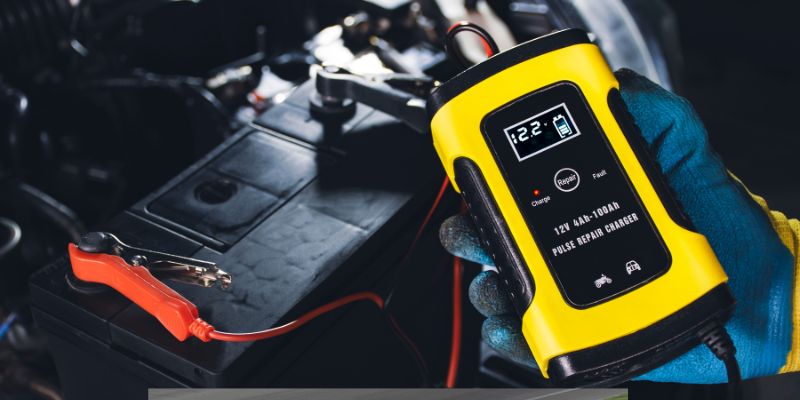
Preparation And Safety Measures
Before you connect a trickle charger to your car battery, it’s crucial to prepare and ensure safety measures. This will help to prevent accidents and ensure successful charging without damaging the battery or your vehicle.
Gathering Necessary Tools And Equipment
One of the first steps in preparing to connect a trickle charger to your car battery is gathering the necessary tools and equipment. Here are the items you will need:
- A trickle charger
- Safety goggles
- A pair of gloves
- An adjustable wrench
Ensuring Safety Precautions Before Connecting The Charger
Prior to connecting the charger, it’s crucial to ensure safety precautions are in place. Here are some essential steps you should take:
- Work in a Well-Ventilated Area: Make sure you are in a well-ventilated area to prevent the build-up of potentially explosive gases.
- Turn off the Engine: Ensure the car’s engine is turned off before connecting the charger.
- Wear Safety Gear: Put on safety goggles and gloves to protect yourself from any spillage or splashing of battery acid.
- Verify Charger Compatibility: Ensure that the trickle charger is compatible with your car’s battery before connecting it.
Step-by-step Guide To Connect The Trickle Charger
Trickle chargers are a great way to keep your car battery in top condition, especially if your vehicle isn’t used frequently. Properly connecting a trickle charger to your car battery is essential to ensure effective and safe charging. In this step-by-step guide, we’ll walk you through the process of connecting a trickle charger to your car battery, while paying close attention to safety measures and best practices.
Identifying The Positive And Negative Terminals
Before connecting a trickle charger to your car battery, it’s essential to identify the positive and negative terminals of the battery. The positive terminal is usually marked with a red color or a plus sign (+), while the negative terminal is marked with a black color or a minus sign (-). Always ensure that you can clearly differentiate between the positive and negative terminals to avoid any errors during the connection process.
Attaching The Charger Cables To The Battery Terminals
Once you’ve identified the positive and negative terminals, you can begin attaching the charger cables to the battery. Start by connecting the positive (red) cable to the positive terminal of the battery, and the negative (black) cable to the negative terminal. Ensure that the connections are secure and that there is no risk of the cables coming loose during the charging process. This step is crucial for maintaining a safe and effective charging operation.
Setting The Correct Charging Parameters On The Trickle Charger
After the cables are securely attached to the battery terminals, it’s time to set the correct charging parameters on the trickle charger. Refer to the manufacturer’s instructions to determine the appropriate voltage and amperage settings for your specific car battery. This step is essential to prevent overcharging or undercharging, which can lead to battery damage. Once the charging parameters are set, you can safely plug in the trickle charger and initiate the charging process.
Monitoring The Charging Process
Connecting a trickle charger to a car battery is a vital step in maintaining the battery life, especially for vehicles left unused for extended periods. Monitoring the charging process is crucial to ensure the battery is properly charging and to address any potential issues that may arise. This section will guide you through understanding the charging indicator lights, potential issues, and troubleshooting when using a trickle charger.
Understanding The Charging Indicator Lights
When using a trickle charger, it’s important to familiarize yourself with the charging indicator lights to gauge the status of the charging process. These lights typically provide information about the charging status, such as whether the battery is fully charged, charging, or encountering issues.
Below is a brief overview of common charging indicator lights and their meanings:
| Indicator Light | Meaning |
|---|---|
| Green | The battery is fully charged. |
| Red | The battery is currently charging. |
| Blinking or Flashing | Indicates a potential issue with the charging process. |
Potential Issues And Troubleshooting
Despite the convenience of trickle chargers, issues may still arise during the charging process. It’s essential to be aware of potential problems and the steps to troubleshoot them effectively. Here are some common issues and their troubleshooting steps:
- Battery not holding charge: Check for corrosion on the battery terminals and clean if necessary. It may also indicate a failing battery that requires replacement.
- No indicator light: Ensure the charger is properly connected and the power source is functioning. Check the fuse and power outlet for any issues.
- Continuous blinking light: This may indicate a poor connection or a faulty charger. Double-check the connections and consider using a different outlet or charger if the issue persists.
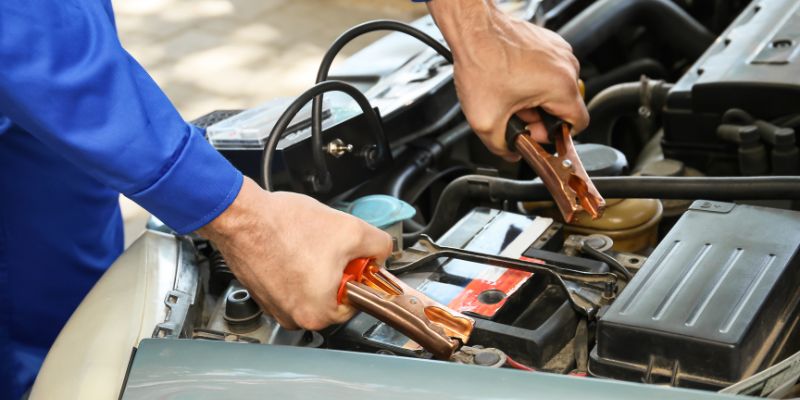
Disconnecting The Trickle Charger Safely
Properly disconnecting a trickle charger from your car battery is crucial to ensure safety and avoid damaging the battery. Following these steps will help you safely disconnect the charger and maintain your battery’s health.
Steps To Safely Disconnect The Charger
- Turn off the charger: First, switch off the trickle charger to stop the flow of electricity to the battery.
- Unplug the charger: After turning off the charger, unplug it from the power outlet to completely halt the charging process.
- Remove the clamps: Carefully remove the clamps from the battery terminals. Start by taking off the negative (black) clamp followed by the positive (red) clamp. Be cautious not to let the clamps touch each other or any metal surface to prevent a short circuit.
- Secure the clamps: To prevent any accidental contact, securely store the clamps away from each other and any metal surfaces.
P Ost-charging Battery Maintenance Tips
- Check the battery’s condition: After disconnecting the trickle charger, inspect the battery for any signs of corrosion, leaks, or damage.
- Clean the battery terminals: If there is any buildup of corrosion on the terminals, use a battery terminal cleaner or a mixture of baking soda and water to remove it.
- Top off the electrolyte levels: If your battery isn’t maintenance-free, check and replenish the electrolyte levels with distilled water if necessary.
- Perform a load test: Consider performing a load test on the battery to ensure it holds a charge effectively.
Frequently Asked Questions On How To Connect A Trickle Charger To A Car Battery
How Do I Connect A Trickle Charger To A Car Battery?
To connect a trickle charger, first, ensure the car’s engine is off and the charger is unplugged. Then, connect the positive clamp to the positive terminal of the battery and the negative clamp to a clean, unpainted metal surface. Finally, plug in the charger.
Can I Leave A Trickle Charger Connected To The Battery?
Yes, you can leave a trickle charger connected to the battery for an extended period as long as it has an automatic shut-off feature. This ensures the battery won’t be overcharged and maintains its optimal charge level without causing any damage.
What Are The Benefits Of Using A Trickle Charger?
Trickle chargers help maintain the charge of a car battery, prolonging its lifespan and ensuring it’s always ready to start the vehicle. They also prevent sulfation, a common cause of battery failure, and are particularly beneficial for infrequently used vehicles or during storage.
Conclusion
Connecting a trickle charger to your car battery is a simple yet crucial task to ensure its longevity. By following the outlined steps, you can easily maintain the health of your car’s battery, saving time and money in the long run.
Proper maintenance is key to keeping your vehicle running smoothly.

